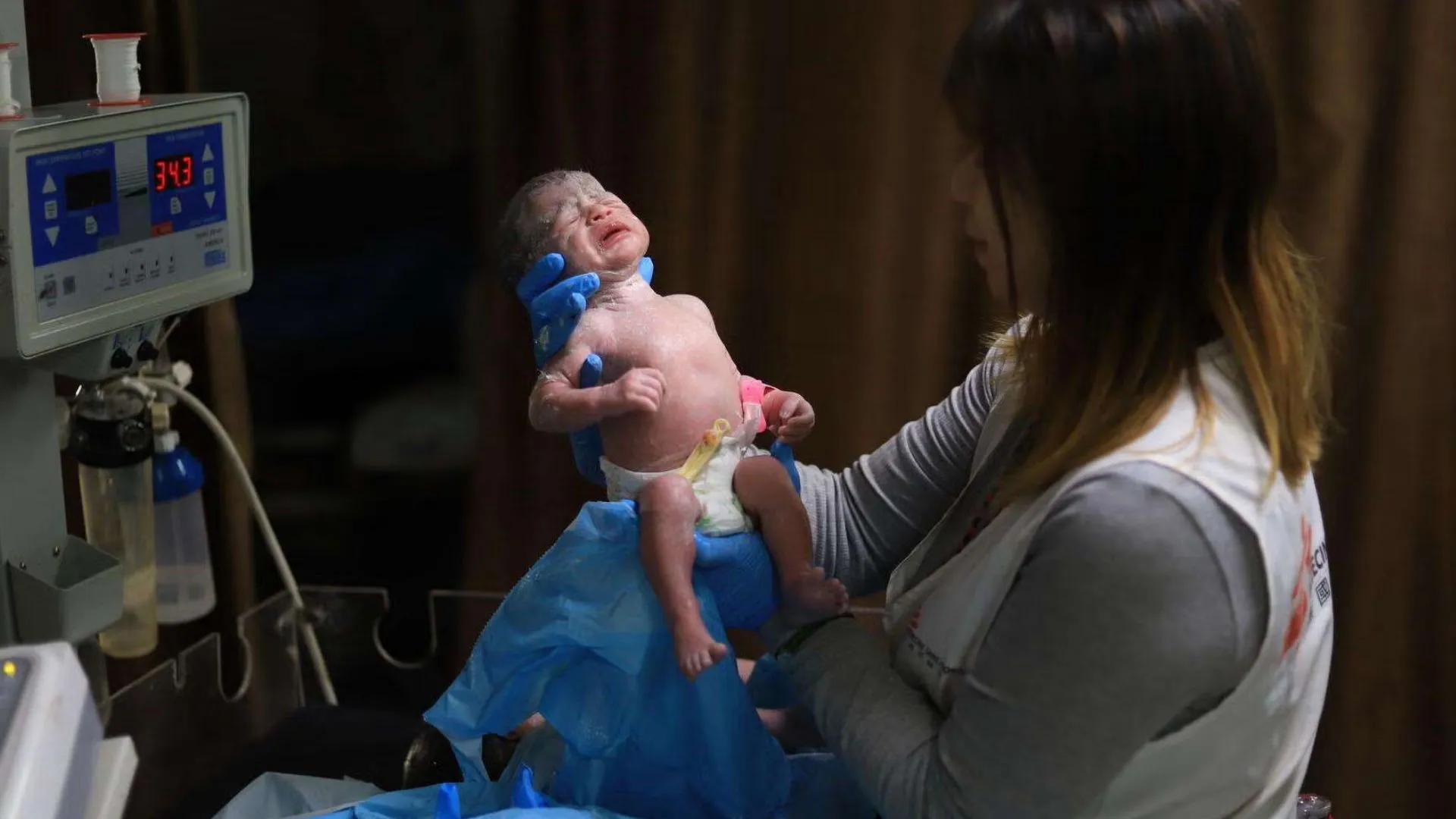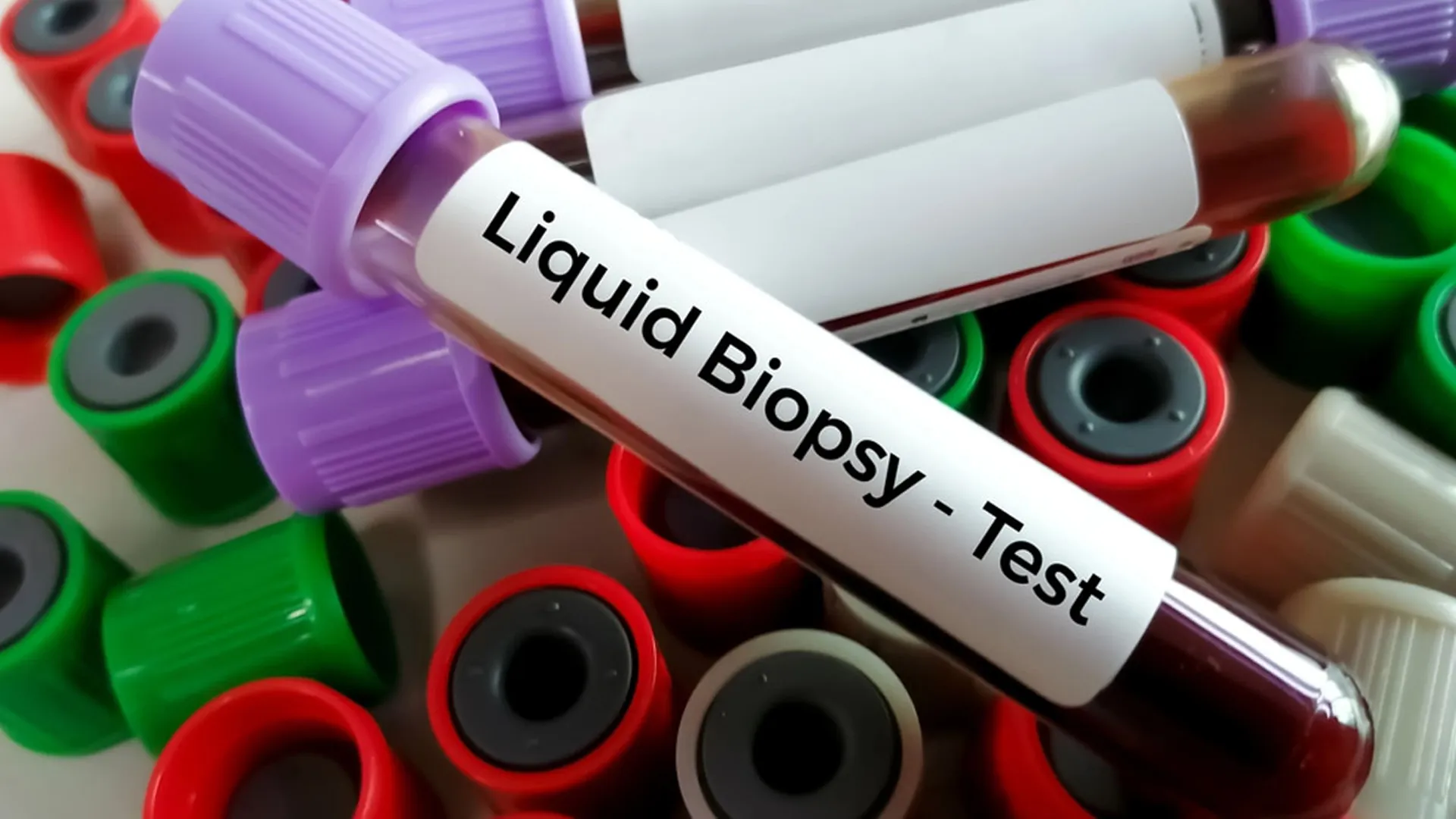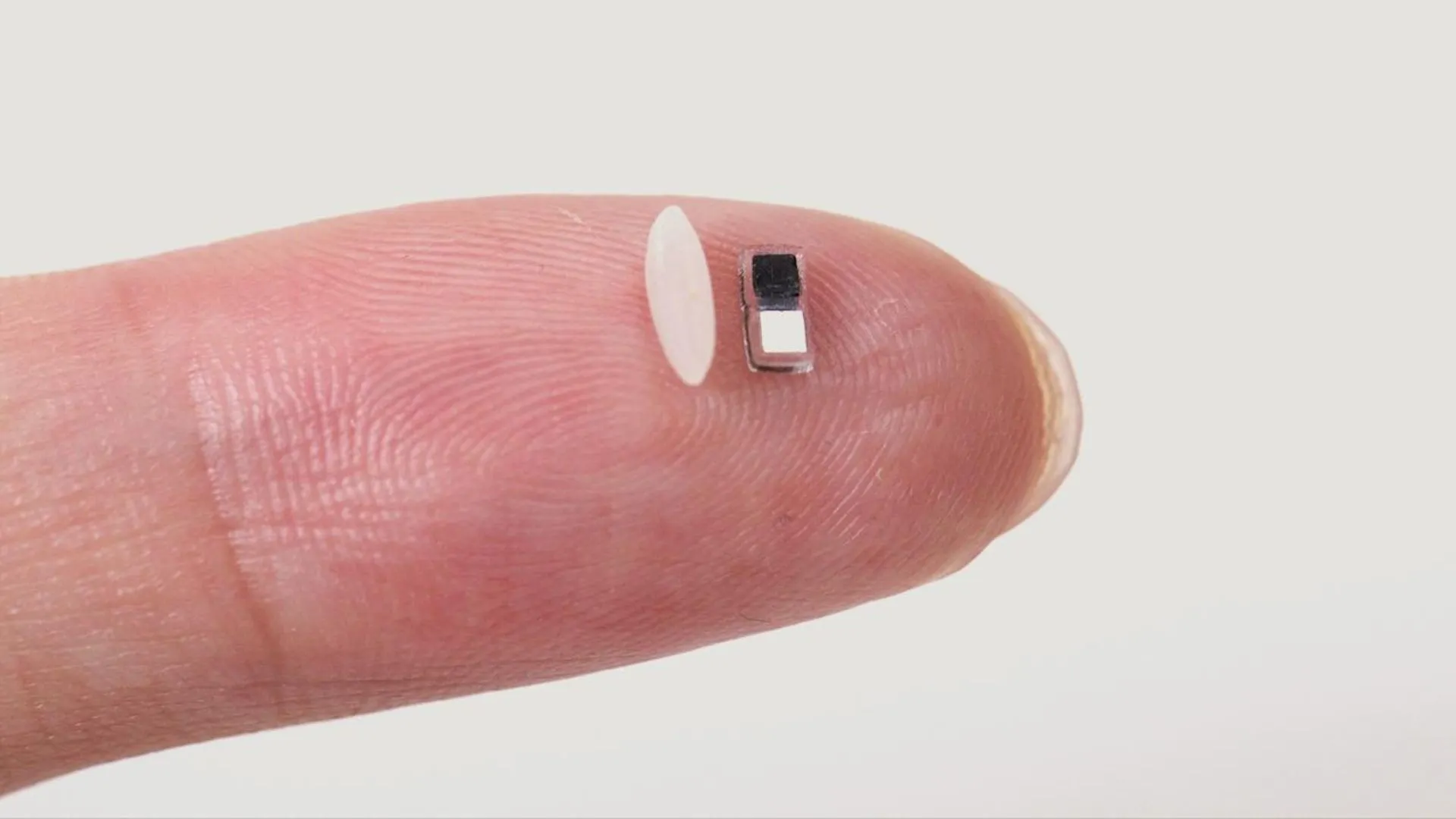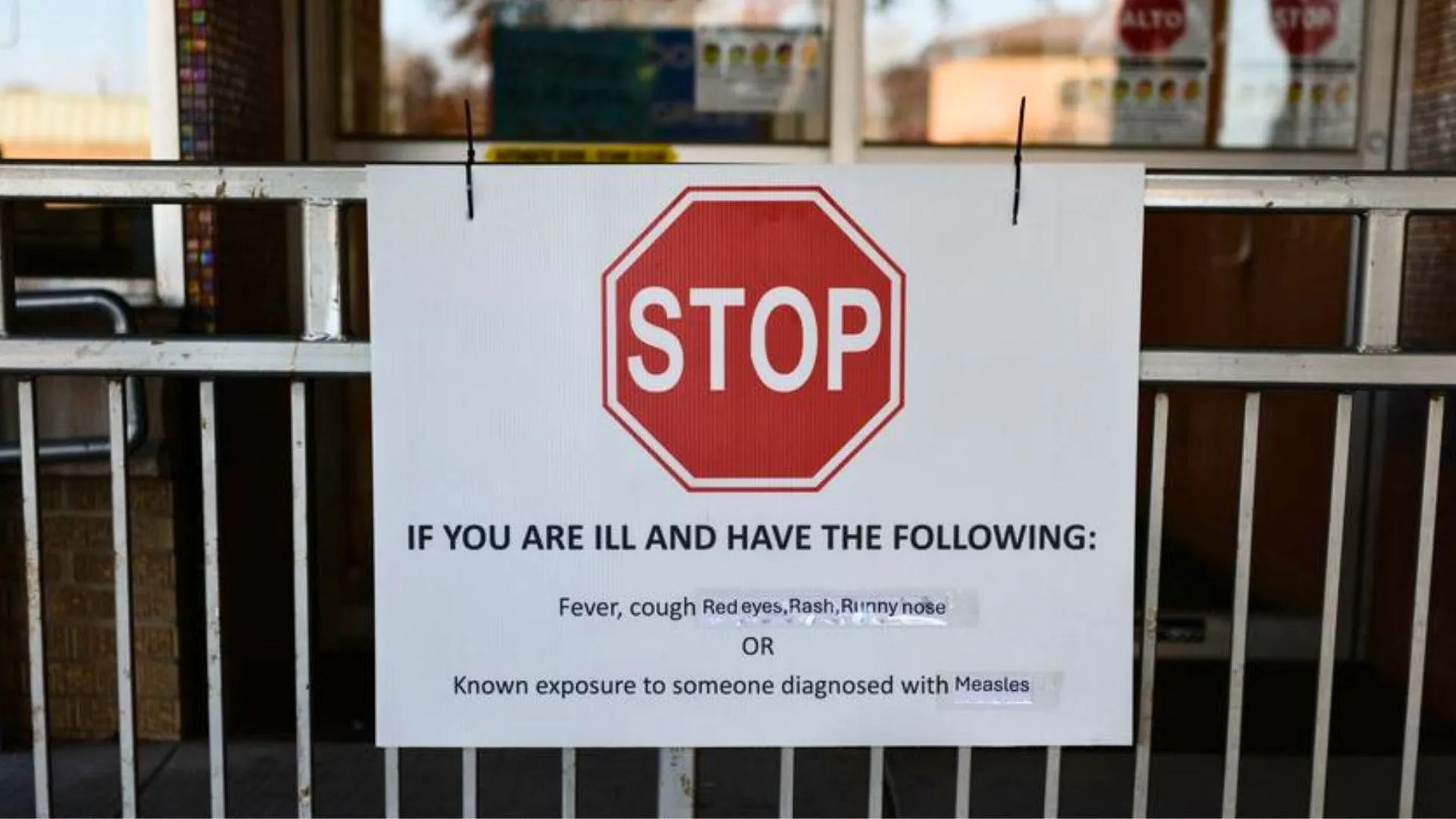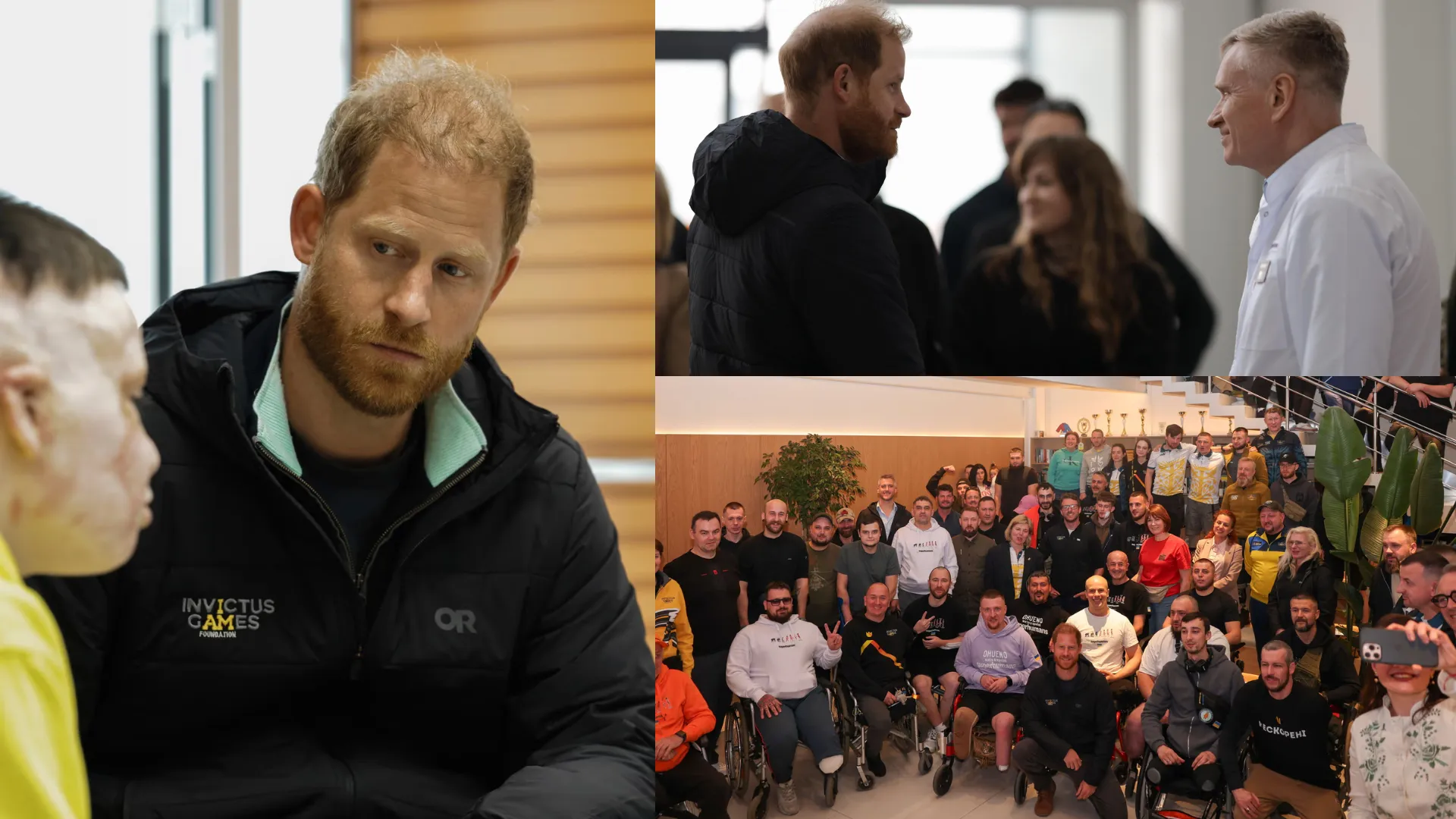When one-year-old Lily from Arkansas developed swelling around her eye, her parents, Josh and Casie, did not anticipate that it could lead to the unimaginable. Their toddler was soon diagnosed with retinoblastoma, a rare but deadly form of eye cancer. Unfortunately, the cancer had spread, and doctors had to remove Lily’s right eye to save her life. This heartbreaking story sheds light on the importance of recognizing subtle symptoms that might indicate serious health conditions.
What is Retinoblastoma?
Retinoblastoma is a rare type of eye cancer that primarily affects children under five years old. This condition arises when retinal cells, responsible for detecting light and transmitting visual signals to the brain, begin to multiply uncontrollably.
Although retinoblastoma is uncommon, it remains the most prevalent form of childhood eye cancer, affecting approximately 200–300 children in the United States annually. Globally, the numbers are higher, with thousands of cases reported each year.
There are three primary types of retinoblastoma:
- Unilateral: Cancer affects one eye (60% of cases).
- Bilateral: Cancer affects both eyes (25–30% of cases).
- Trilateral: Rare, where cancer occurs in both eyes and the pineal gland in the brain.
Diagnosis is often made before the age of three, as this is the period when retinal cells are still developing. However, in extremely rare cases, retinoblastoma can affect adults.
Symptoms of Retinoblastoma: Warning Signs You Must NOT Ignore
Retinoblastoma can present with subtle symptoms, often dismissed as minor issues. Here are key warning signs to watch for:
- Swelling or Inflammation Around the Eye
- As seen in Lily’s case, unexplained swelling could be a sign of a tumour.
- White Glow in the Pupil
- This can be observed in photographs taken with a flash, where the pupil appears white instead of red.
- Bulging or Misaligned Eyes
- One or both eyes may look unusually large or not align properly.
- Persistent Redness or Irritation
- Swollen, red eyes that do not improve with usual treatment should raise concern.
- Blood in the Front Chamber of the Eye
- This rare sign may indicate advanced stages of retinoblastoma.
- Vision Problems
- Difficulty following movement or focusing can signal underlying issues.
- Enlarged Eyes
- Noticeable size changes in one or both eyes should not be ignored.
For very young children who cannot express pain, other symptoms like irritability, fussiness, or trouble sleeping may indicate discomfort caused by the condition.
Causes of Retinoblastoma: Understanding the DNA Malfunction
The root cause of retinoblastoma lies in genetic mutations within the DNA. Retinal cells, which normally grow and divide in an orderly manner, become abnormal when these mutations occur.
Inherited vs. Non-Inherited Forms:
- In about 40% of cases, retinoblastoma is hereditary, caused by mutations in the RB1 gene.
- The remaining 60% of cases are sporadic, occurring without a family history.
Hereditary cases are often bilateral and diagnosed at an earlier age. Children with a family history of retinoblastoma are at a higher risk and may require regular eye screenings.
Diagnosis and Treatment: A Life-Saving Approach
1. Early Detection
Timely diagnosis is crucial for treating retinoblastoma effectively. Common diagnostic tools include:
- Eye Examination: Doctors use specialized instruments to detect abnormalities in the retina.
- Imaging Tests: CT scans, MRIs, or ultrasounds help identify tumours and determine their extent.
- Genetic Testing: Identifies hereditary retinoblastoma and assesses risk for other family members.
2. Treatment Options
Treatment depends on the stage and severity of the cancer. The main goals are to eliminate cancer, preserve vision, and prevent recurrence.
- Surgery: In severe cases like Lily’s, removing the affected eye (enucleation) may be necessary.
- Chemotherapy: Used to shrink tumours or treat cancer that has spread.
- Radiation Therapy: Targets and kills cancer cells, especially in advanced cases.
- Cryotherapy and Laser Therapy: Used for small tumours to freeze or destroy abnormal cells.
Emotional Toll on Families
A diagnosis like retinoblastoma not only impacts the child but also places immense emotional and financial strain on the family. For Lily’s parents, the decision to remove her eye was agonizing. “I cried. Casie cried. Our little girl was going through something unimaginable,” said her father.
Support groups, counselling, and educational resources play a crucial role in helping families navigate this challenging journey.
Preventive Measures: Early Screenings are Key
Parents with a family history of retinoblastoma or other cancers should ensure regular eye check-ups for their children. Early screenings, starting shortly after birth, can detect abnormalities before symptoms appear.
Photographs, especially with flash, can also help identify white reflections in the pupil, an early indicator of retinoblastoma.
Raising Awareness: The Need for Education
Lily’s story highlights the importance of educating parents, caregivers, and healthcare providers about childhood cancers. Recognizing symptoms early and seeking medical advice promptly can significantly improve outcomes.
Organizations like the Retinoblastoma Foundation and CureSearch work tirelessly to spread awareness, support research, and provide resources for affected families.
Hope for the Future: Advances in Retinoblastoma Research
Thanks to advancements in medical science, survival rates for retinoblastoma have improved significantly. In developed countries, the survival rate exceeds 95%.
Ongoing research focuses on:
- Developing less invasive treatments to preserve vision.
- Improving genetic screening techniques for early detection.
- Exploring immunotherapy as a potential treatment option.
Retinoblastoma is a rare but life-threatening condition that demands early recognition and prompt intervention. Swelling around the eye, as seen in Lily’s case, may seem minor but could indicate a much larger issue.
Parents are urged to pay close attention to unusual symptoms in their children and seek immediate medical advice. With increased awareness, early detection, and advancements in treatment, the outlook for children diagnosed with retinoblastoma continues to improve.
Lily’s story is a powerful reminder that even the smallest symptoms can hold life-saving significance. Let us use her experience to spread awareness and work toward a future where no child’s vision or life is compromised by this devastating disease.




